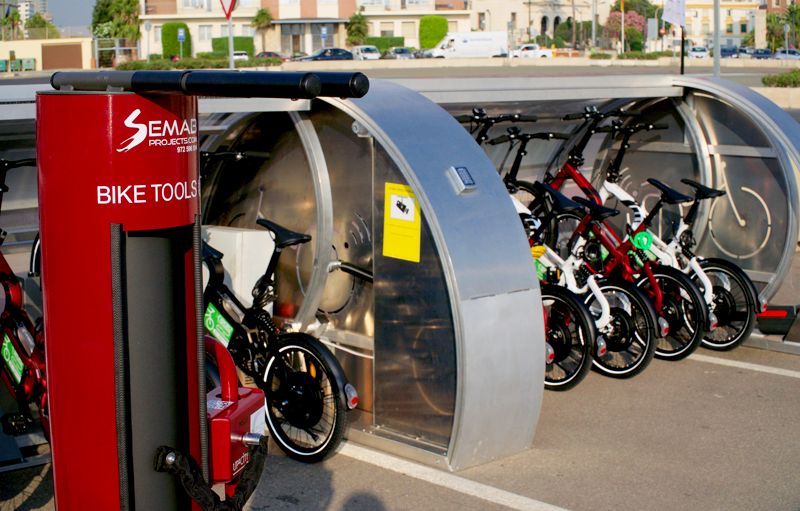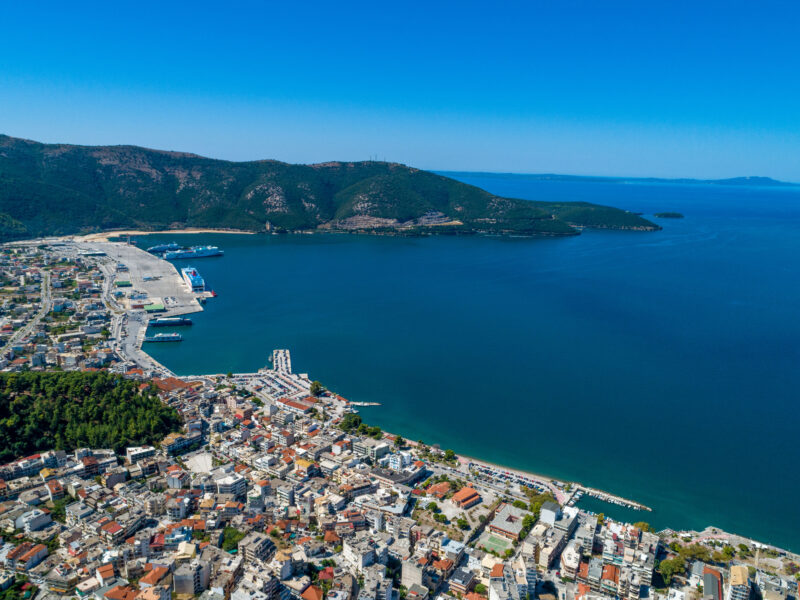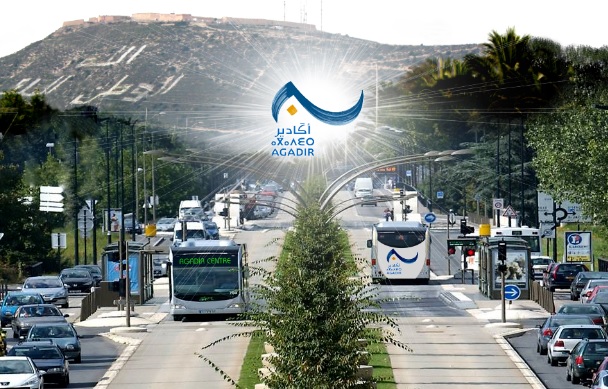MOBILITY
Big-data analysis in Rimini and Misano
As part of the MOBILITAS project, different pilot actions have been developed in order to collect data and study the negative impacts of traffic and tourism flows. This data will be useful to rethink urban mobility in a more sustainable and efficient way.
Challenges addressed
- Air and noise pollution.
- Traffic congestion.
- Excessive use of private cars.
- Lack of Mobility Data.
Main objectives
- Have a better picture of tourist’s flows.
- Data collection to be used in SUMPs’ elaboration.
- Improve sustainable urban mobility.
Facts
Project type Mobility Data
Promoter MOBILITAS Project
Collaborators Rimini and Misano Adriatico
Start date 2018
Funding Interreg-MED
Website www.mobilitas.interreg-med.eu
Project description
MOBILITAS provided policy-makers and stakeholders with appropriate tools to deal with the effects of intensive tourism. Areas that receive important visitor flows suffer from excessive pressure on their mobility infrastructures and means of transport. This overload entails negative effects in terms of air pollution, noise, health, road unsafety, and therefore loss of city attractiveness. The temporality of the flows is also an aspect that needs to be considered since most of the visits are concentrated in summer or during specific events.
The main objective of the project was to elaborate scenarios to enable policymakers
Impact and results
Gathering data on mobility, in particular during peak tourist seasons or particular events, allows the monitoring of large numbers of people displacements and to evaluate the different modes of transport used. The big data testing action aims to reduce the negative impact of traffic and tourism flows with a specific focus on the environmental impact. Thanks to this it has been possible to find out tourist origins and their use of transport to evaluate how effective SUMP actions are.








